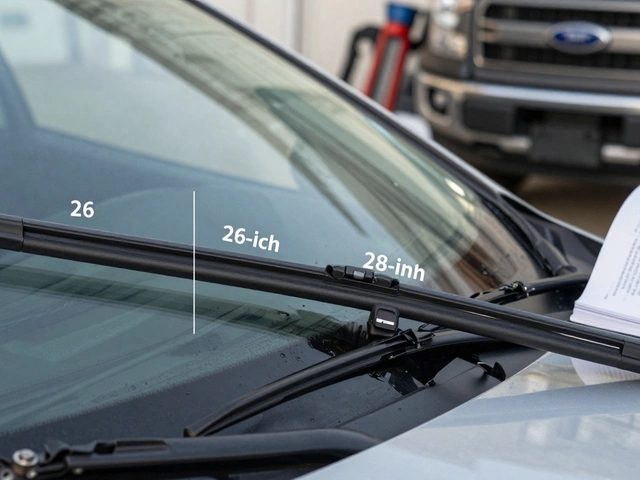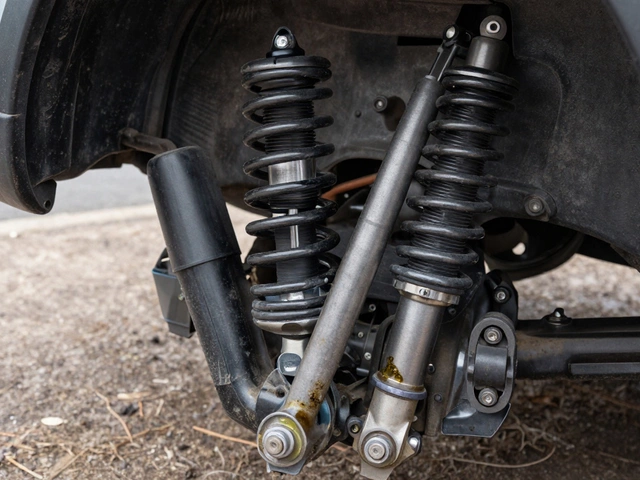Suspension System: Signs of Trouble and What to Do Next
When your suspension system, the network of parts that connects your wheels to the car’s frame and absorbs road shocks. Also known as vehicle suspension, it keeps your tires gripping the road, your ride smooth, and your steering responsive. starts to wear out, you don’t just feel bumps—you lose control. A bad suspension doesn’t just make your car bouncy; it increases stopping distance, wears out your tires faster, and can even put stress on your engine over time. You might not notice it until your car pulls to one side or you hear clunking over speed bumps, but by then, other parts are already paying the price.
The shock absorbers, components that dampen spring movement to prevent bouncing and maintain tire contact are often the first to go. If your car feels like it’s floating over bumps or dives hard when you brake, those shocks are done. And it’s not just the shocks—the suspension diagnostics, the process of checking springs, struts, ball joints, and control arms for wear or damage—needs to include all those parts. A worn ball joint can make your steering loose. A cracked control arm can cause uneven tire wear. These aren’t minor issues; they’re safety risks. One study from the UK’s RAC found that over 1 in 5 cars on the road had suspension problems serious enough to fail an MOT, and most drivers didn’t realize it until something broke.
Here’s the thing: you don’t need a fancy machine to spot trouble. Try the bounce test—press down hard on one corner of your car and let go. If it bounces more than once, your shocks are weak. Listen for clunks when you go over bumps—that’s usually a worn bushing or loose bolt. And if your tires are wearing unevenly, especially on the inside or outside edges, your alignment is off because the suspension can’t hold the wheels straight. These are cheap fixes if you catch them early. Wait too long, and you’ll be replacing tires, brake components, or even steering parts that never should’ve been damaged in the first place.
The posts below cover exactly what you need to know: how to tell if your shocks are failing, how suspension damage can quietly wreck your engine, how long you can safely drive with bad shocks, and what symptoms you might be ignoring. No theory. No jargon. Just real signs, real tests, and real advice from people who’ve been there. Whether you’re trying to save money on repairs or just want to drive without worrying every time you hit a pothole, you’ll find what you need here.





